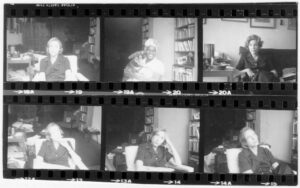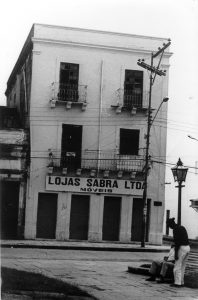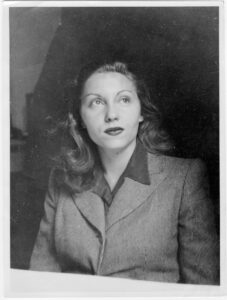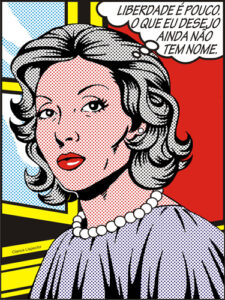IMS, Equipe. Ulisses Lispector: A Portrait. IMS Clarice Lispector, 2023. Disponível em: https://site.claricelispector.ims.com.br/en/2023/04/26/ulisses-lispector-a-portrait/. Acesso em: 05 January 2026.
The film portrays the famous Ulisses, Clarice Lispector’s dog and a prominent character in her life and fiction.
He is present in the posthumous novel A Breath of Life, he is the narrator of the children’s book Quase de verdade (Almost True), he was mentioned in countless chronicles, and today he is immortalized, alongside his owner, in a bronze statue at Leme Beach, in Rio de Janeiro.
Ulisses was also photographed smoking cigarette butts during Clarice’s interview with the weekly O Pasquim, whose behind-the-scenes is told in detail by the editor Sérgio Augusto, who at the time participated in the meeting, which took place at the writer’s apartment.
About the main character, other themes are also addressed, such as Clarice’s intimate relationship with the irrational nature of animals and autofictional writing, as well as an analysis by the writer Evando Nascimento of the short story “The Crime of the Mathematics Teacher.”
See also
 by Sônia Roncador
by Sônia Roncador
The frequent allusion to domestic servants in the urban environment of her chronicles demonstrates what is a reality for many middle-class families in the country: incorporated into the intimate environment of the home in the condition of a “domesticated outsider”, the domestic servant constitutes the most lasting and personal relationship that a member of the middle class allows themselves to establish with poverty.
 by Elizama Almeida
by Elizama Almeida
A conversation about football and literature between Armando Nogueira and Clarice Lispector
 by Augusto Ferraz
by Augusto Ferraz
I died. I found out when, one day, on the sidewalk of Praça Maciel Pinheiro, I lifted my head, opened my eyes, and saw myself dead, there on the plaza’s sidewalk, the two-story house on the other side of the street. My broken heart inside my chest, the two-story house on Rua do Aragão, 387, where, on the second floor, Clarice Lispector lived a happy childhood here in Recife, despite the pains of the world and experiencing and feeling, mainly, the pains of an implacable disease that would one day take Mania, her mother, away from her. I found out when, laid out on the sidewalk there under the scorching Sunday sun, I turned my head to the right and saw a man beside me, who was also looking at the house.
 by Victor Heringer
by Victor Heringer
The year 2017 marked the 40th anniversary of The Hour of the Star, the last book written by Clarice Lispector, which was published in the year of her death.
 by Equipe IMS
by Equipe IMS
The film Clarice's Days in Washington captures a very different and decisive moment in the life and work of the writer, when she lived in the American capital with her family, between 1952 and 1959. In addition to a significant number of unpublished photographs – which record her domestic environment and interactions with friends – there are precious images filmed during a public event, in which the writer, her husband Maury Gurgel Valente, their son Paulo, in addition to friends of the couple appear.
 by Elizama Almeida
by Elizama Almeida
According to a survey done by YouPIX in June 2012, Clarice is the most quoted writer on Twitter. Every day more than 3.5 thousand phrases by the author – or attributed to her – are posted on there.






